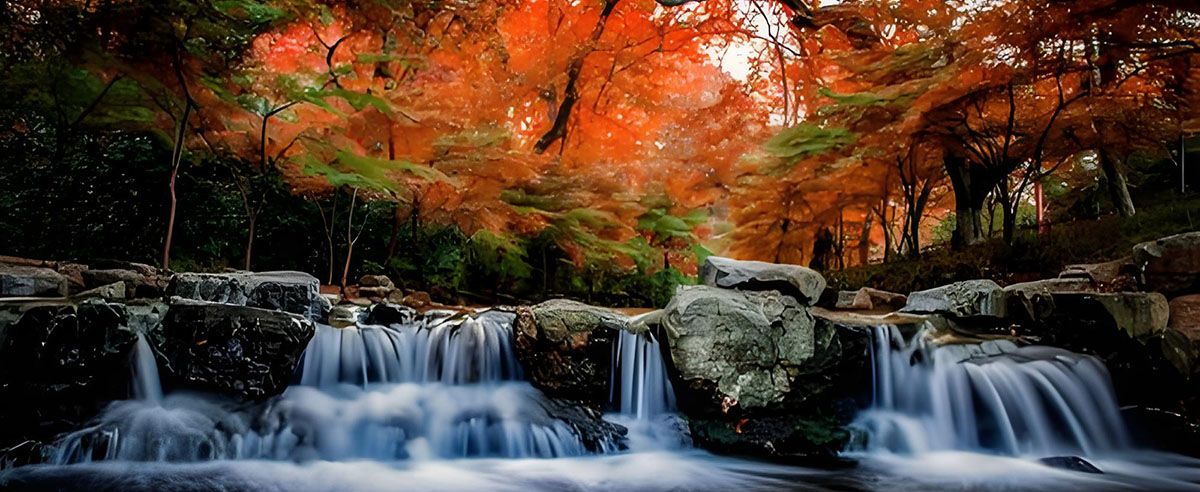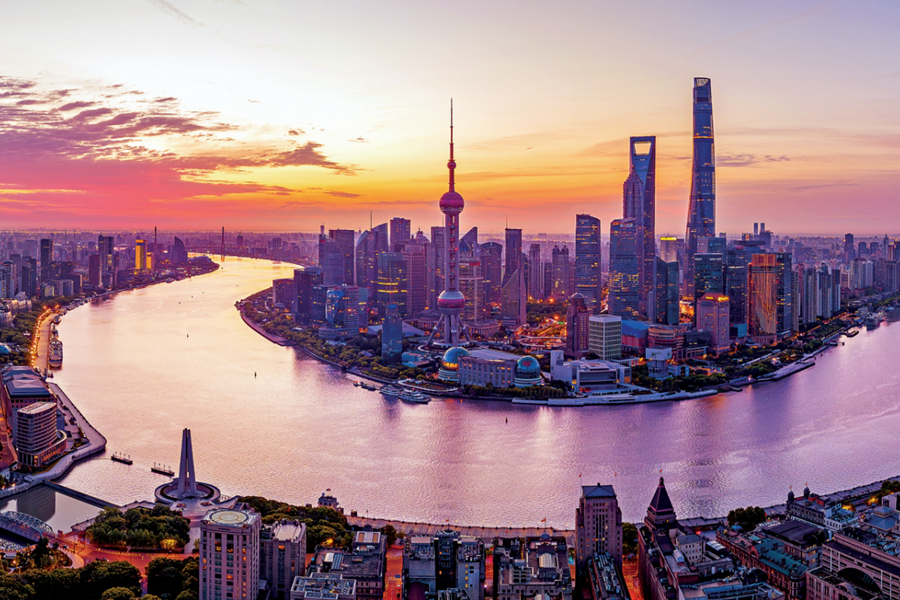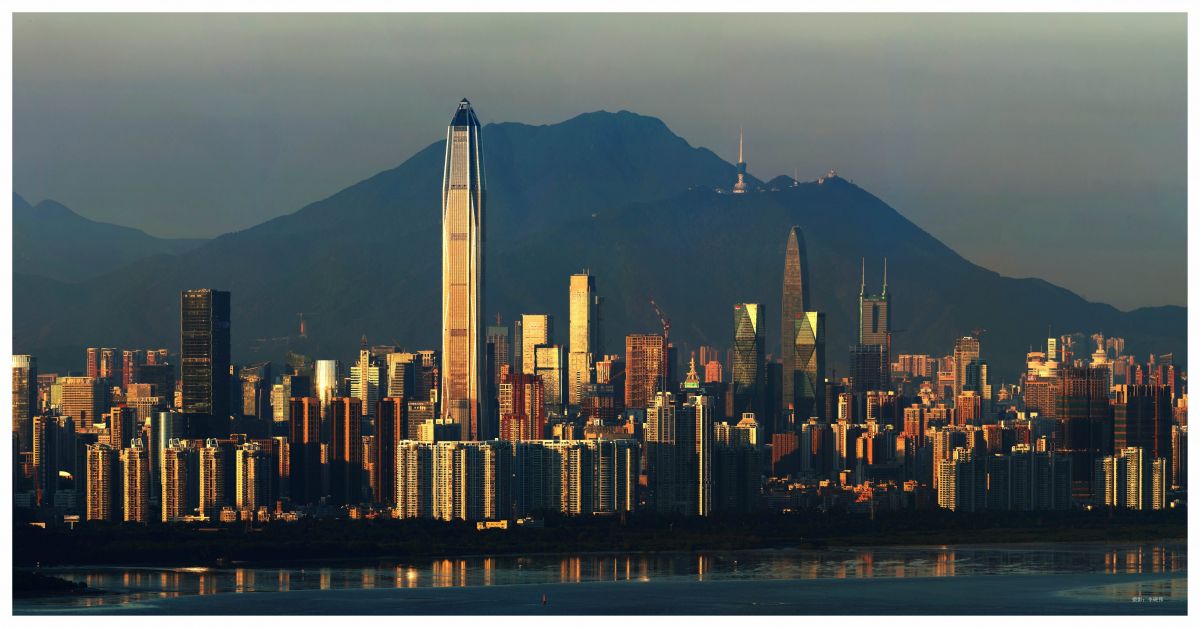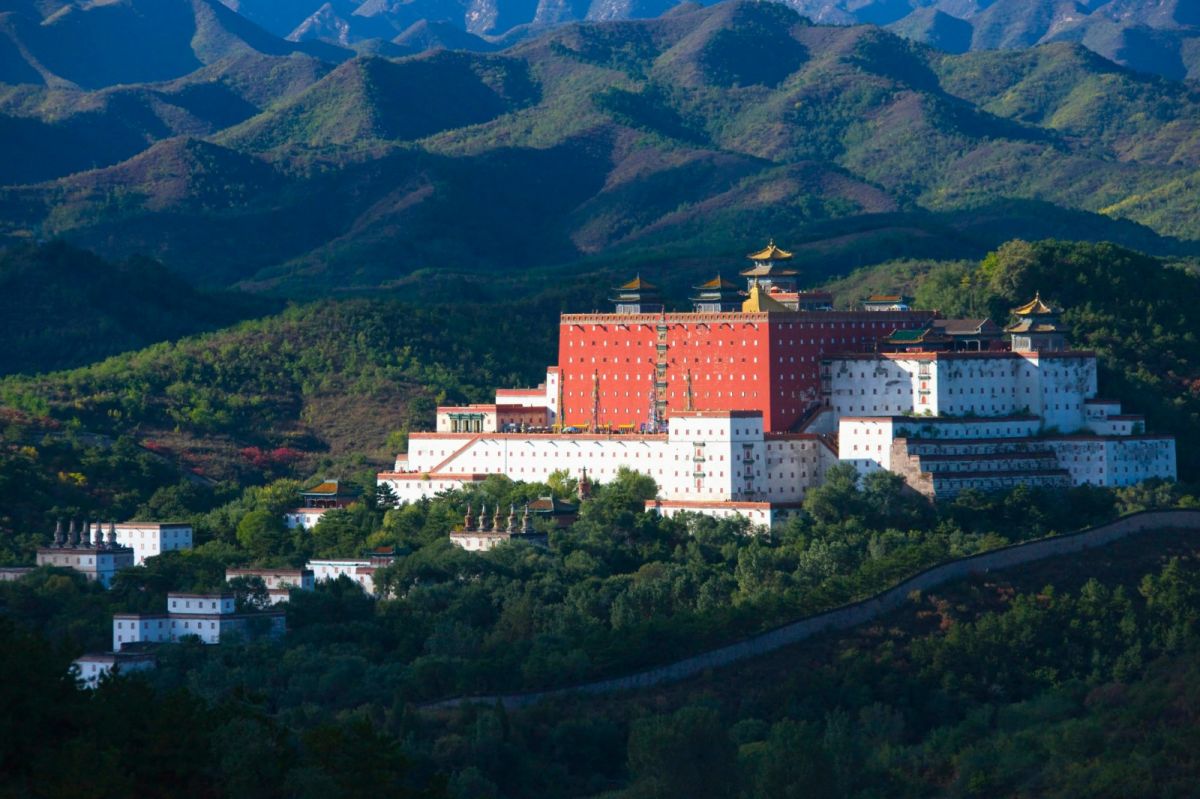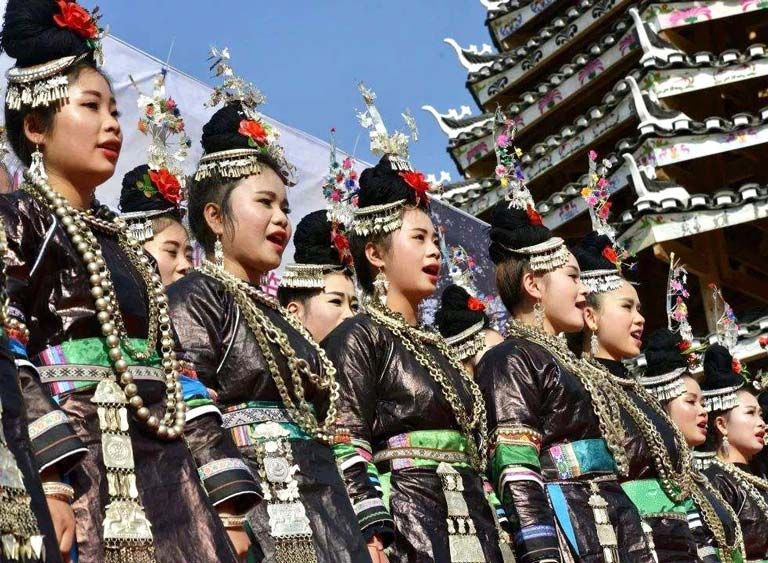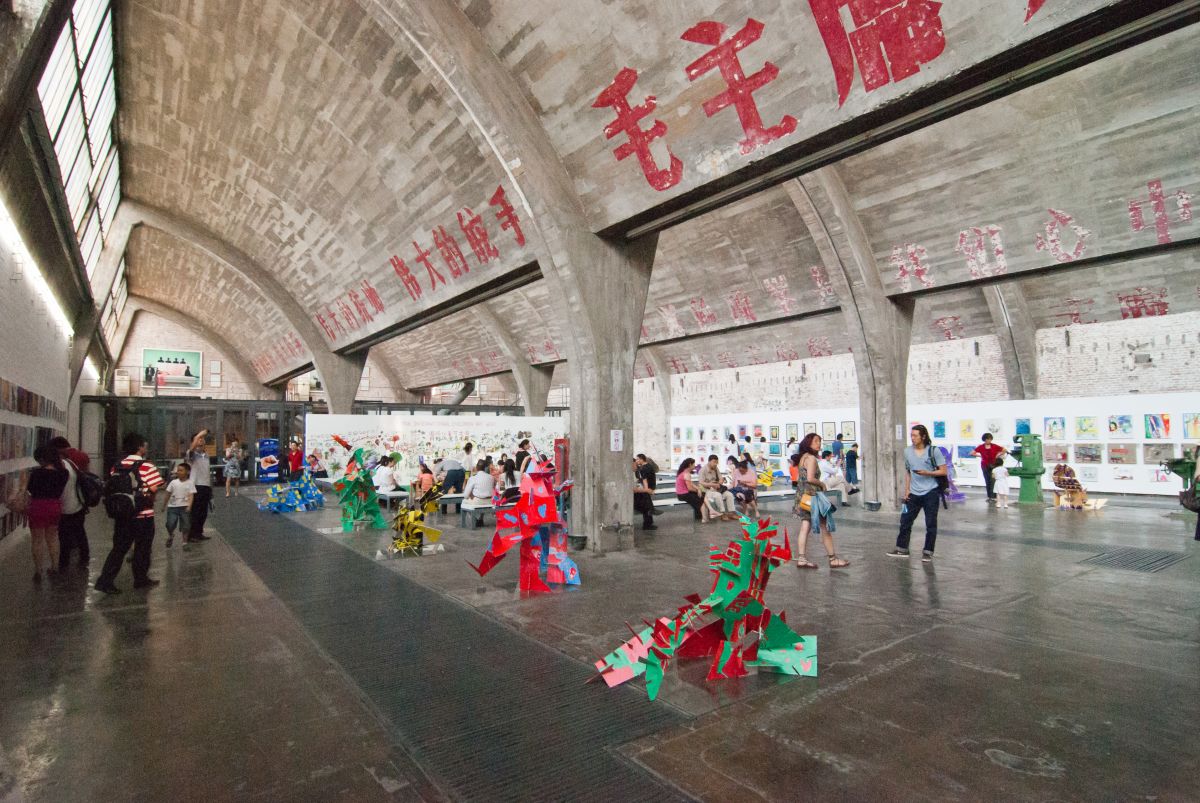Shanghai Cultural Immersion: A 2-Day Journey Beyond the Postcard Views
For travelers craving authentic connections with Shanghai’s soul, this itinerary blends hidden traditions, culinary artistry, and contemporary creativity - all timed to 2025's unique cultural happenings.
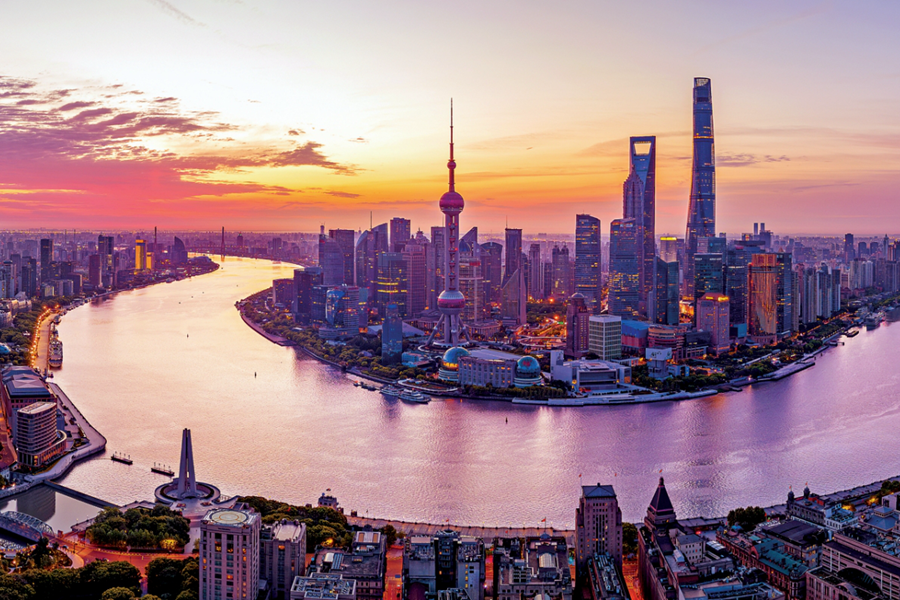
Cultural Threads Connecting Both Days
Food as Heritage: From Xiaolongbao’s 18th-century origins to AI-designed dim sum at Lin-gang, every bite tells a story.
Water Wisdom: Zhujiajiao’s canals and Dishui Lake’s eco-tech both reflect Shanghai’s eternal dance with water - a theme since Wu Zixu tamed the Qiantang River tides.
Art Evolution: Compare Republican-era architecture on the Bund with Lin-gang’s anime-fueled “City for the Young,” showcasing Shanghai’s relentless reinvention.
Why This Itinerary Works
Balances iconic sites (Bund, Yu Garden) with hidden gems (Ah Da’s Cart, Yunxiang Temple).
Leverages 2025’s events (Lin-gang Festival, Old City Government art show) for timely immersion.
Prioritizes interaction - making dumplings, lantern rituals - over passive viewing.
Your Itinerary
Day 1: Time Travel Through Water Towns & Alleyway Life
Theme: Ming Dynasty Heritage Meets Local Craftsmanship
Morning: Zhujiajiao Water Town
Start: Take the Huzhu Line from People’s Square to this 1,700-year-old “Venice of Shanghai.” Wander North Street, a Ming-era thoroughfare lined with shops selling Apo Zongzi (sticky rice dumplings) - though beware of imitations; locals swear by the busiest stalls.
Cultural Stop: Visit the Qing Dynasty Post Office, where wax seals and antique stamps reveal China’s communication history, and send a postcard using traditional ink brushes.
Boat Ride: Glide through canals on a wooden sampan, passing under Fangsheng Bridge, a five-arched Ming structure where monks once released fish for merit.
Afternoon: Nanxiang Ancient Town
Xiaolongbao Masterclass: Learn to fold soup dumplings at a family-run kitchen in the town where this delicacy was born. The trick? Twisting 18 pleats to seal the broth.
Yunxiang Temple: Meditate in this 2,500-year-old sanctuary, where incense coils around Song Dynasty carvings. Make a wish at the main altar, a ritual unchanged for centuries.
Evening: The Bund Reimagined
Sunset at Waitan Yuan: This revitalized 1921 Art Deco building, once the Old City Government, hosts the “Shanghai Colors” art exhibition. Sip chrysanthemum tea while viewing Ai Weiwei’s installations juxtaposed with Republican-era archives.
Dinner: Savor hongshao rou (braised pork) at Lao Zhengxing, a 150-year-old eatery near Yu Garden, where chefs use clay pots from the Qing Dynasty.
Day 2: Modern Myths & Youthful Subcultures
Theme: Innovation Meets Tradition in the “Young City”
Morning: Dishui Lake’s Futuristic Romance
Lin-gang’s “Meet Love” Festival: Join Shanghai’s Gen Z at Dishui Lake for anime-themed concerts and floating lantern rituals. Don’t miss the “Seahorse Sacred Pillar” fireworks, where holograms blend with pyrotechnics to recreate Soul Land’s mythical realm.
DIY Craft: Create a “Lin-gang Passport” - a scrapbook combining hand-drawn maps and metro tickets - to collect stamps from pop-up art installations.
Afternoon: Curated Markets & Tea Philosophy
“Dare Mart” at Taikoo Hui: Browse this avant-garde market where 非遗绒花 (velvet flowers) artisans demonstrate dying techniques alongside digital NFT artists. Snack on jianbing (savory crepes) infused with matcha.
Guyi Garden Tea Ceremony: In this Ming-era garden, a tea master explains how Longjing leaves are pan-fired over wood fires. Taste brews paired with osmanthus cakes, a Song Dynasty delicacy.
Evening: Underground Arts & Jazz
JZ Club: Hidden in the French Concession, this speakeasy hosts jazz trios improvising with erhu (Chinese fiddle). Order a “Shanghai Mist” cocktail - baijiu infused with chrysanthemum.
Late-Night Noodle Crawl: Join locals at Ah Da’s Cart near Tianzifang for congyou banmian (scallion oil noodles), served with stories of the neighborhood’s 1930s film-star residents.






